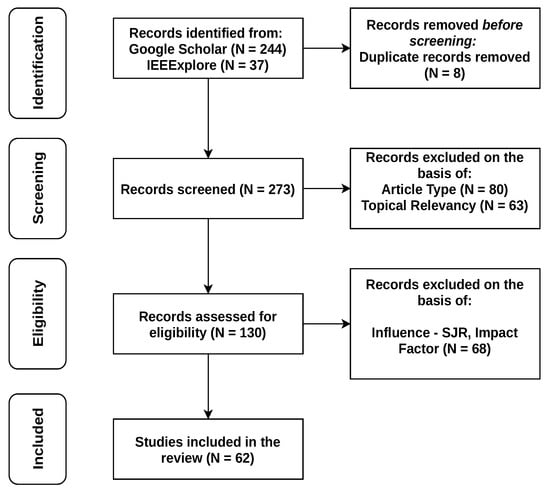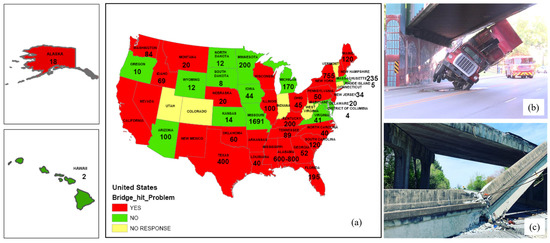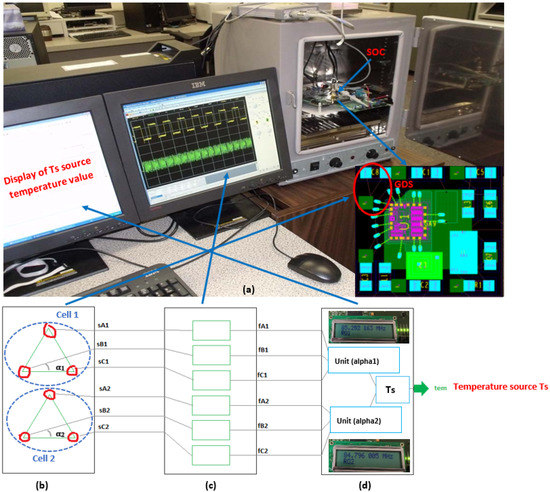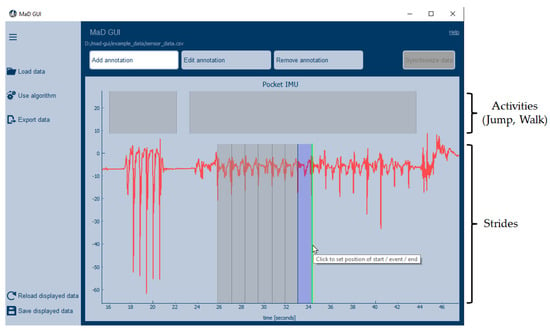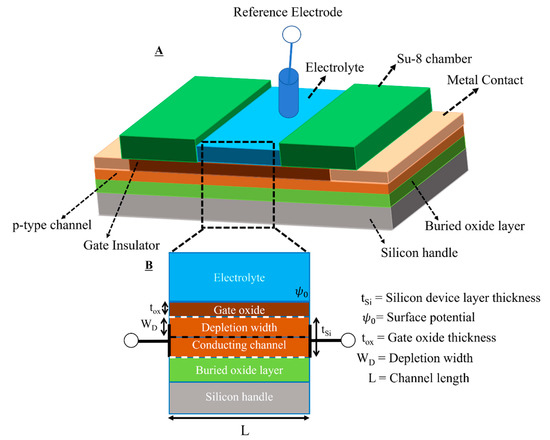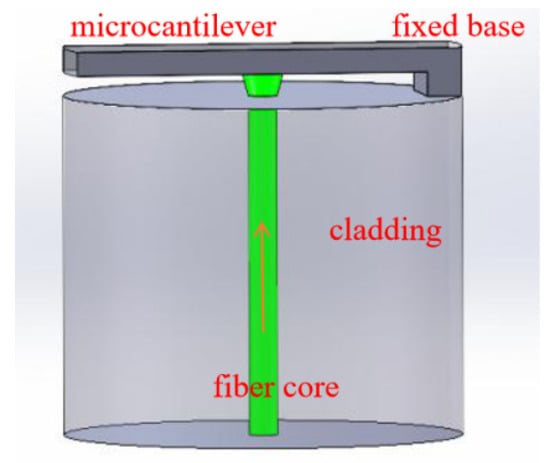1
Institute of Sensors, Signals and Systems, School of Engineering and Physical Sciences, Heriot-Watt University, Edinburgh EH14 4AL, UK
2
Edinburgh Centre for Robotics, Edinburgh EH14 4AL, UK
†
Current address: Departmant of Electrical and Electronics Engineering, Izmir Katip Celebi University, Izmir 35620, Turkey.
‡
Current address: RACE/United Kingdom Atomic Energy Authority (UKAEA) Culham Science Centre, Abingdon OX14 3DB, UK.
Sensors 2022, 22(15), 5827; https://doi.org/10.3390/s22155827 - 4 Aug 2022
Cited by 12 | Viewed by 3273
Abstract
This study presents an experimental robotic setup with a Stewart platform and a robot manipulator to emulate an underwater vehicle–manipulator system (UVMS). This hardware-based emulator setup consists of a KUKA IIWA14 robotic manipulator mounted on a parallel manipulator, known as Stewart Platform, and
[...] Read more.
This study presents an experimental robotic setup with a Stewart platform and a robot manipulator to emulate an underwater vehicle–manipulator system (UVMS). This hardware-based emulator setup consists of a KUKA IIWA14 robotic manipulator mounted on a parallel manipulator, known as Stewart Platform, and a force/torque sensor attached to the end-effector of the robotic arm interacting with a pipe. In this setup, we use realistic underwater vehicle movements either communicated to a system in real-time through 4G routers or recorded in advance in a water tank environment. In addition, we simulate both the water current impact on vehicle movement and dynamic coupling effects between the vehicle and manipulator in a Gazebo-based software simulator and transfer these to the physical robotic experimental setup. Such a complete setup is useful to study the control techniques to be applied on the underwater robotic systems in a dry lab environment and allows us to carry out fast and numerous experiments, circumventing the difficulties with performing similar experiments and data collection with actual underwater vehicles in water tanks. Exemplary controller development studies are carried out for contact management of the UVMS using the experimental setup.
Full article
(This article belongs to the Special Issue Robotic Non-destructive Testing)
▼
Show Figures



